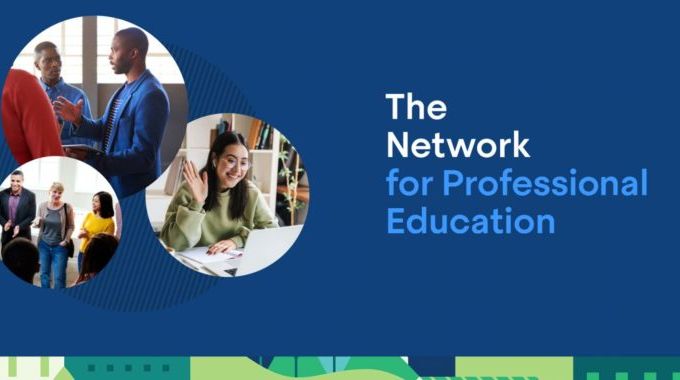Juneberry Review Project
The goal of this project is to give students more of a sense of real audience for their work as writers.
--Associate Professor of English, Chris Walsh
One problem for student writers is that so many academic papers are written for a contrived audience or purpose, where the reader already knows what the writer will say or the purpose behind the writing. In turn, students tend to write with an eye towards assessment, or grades, instead of other writing goals like audience engagement or understanding. As a result, student writers can fail to gain a better understanding of real world audiences.
To address this issue, Associate Professor of English, Chris Walsh, wanted to engage writing students in a collaborative writing process through magazine creation. 
“This approach has made teaching easier,” said Walsh. “When I’m the only audience for a work, then I have to be everything for that student, a cheerleader, critic, etc. When I know there’s going to be 10 people reading it, it’s taken some of the pressure off me as the sole reader.”
In the past, he attempted this through the use of platforms like Google Docs and Adobe Express and found them to lack the authenticity a magazine layout software program could provide. The ACT grant Walsh received helped him to hire a student to produce a magazine written by the students enrolled in EN 502 Reading and Writing Nonfiction using Adobe InDesign, a desktop publishing and layout software program.
Hiring a student to create the magazine template made it easy for the writing students to do many of the tasks involved in putting together the magazine: input and copy edit manuscripts, add images, select cover art, and manage other matters like graphic design and a table of contents.
“We tried as a class to manage and coordinate the tasks, where some students were in charge of collecting the images and others in charge of the content or the biographies in the back,” Walsh said. “In other words, a real magazine that the students took great pride in producing.”
The magazine creation experience gave students a real sense of audience for their work and encouraged them to do their best work. It also provided students with experience in editing and publishing and practice in collaborating in a creative project.
In reflection of the experience, one student wrote at the end of the course that:
The magazine component was really motivating for us all, as we knew that our work was going to be read by our peers. That made me take a closer look at my work than I would have, otherwise. It was also fun to put the magazine together as a class, with everyone taking on different roles.
“My hope going forward is that we will use the first issue of the magazine as a kind of template for future classes,” Walsh said.
Ultimately, the creation of the magazine created a record of student work that subsequent iterations of the course will be able to review and build upon, as well as serve as a model for other courses within the English department and beyond.
Project Lead

Chris Walsh is Associate Professor of English at BU, where he also earned his PhD in American Studies and, from 2002 to 2021, served as a teacher and administrator in the CAS Writing Program. He has also taught as a Fulbright Lecturer at the University…



